Headphone buying guide: How to choose a pair that suit your budget and needs
From over-ear noise-cancellers to in-ear waterproofs, we explain everything you need to know before investing
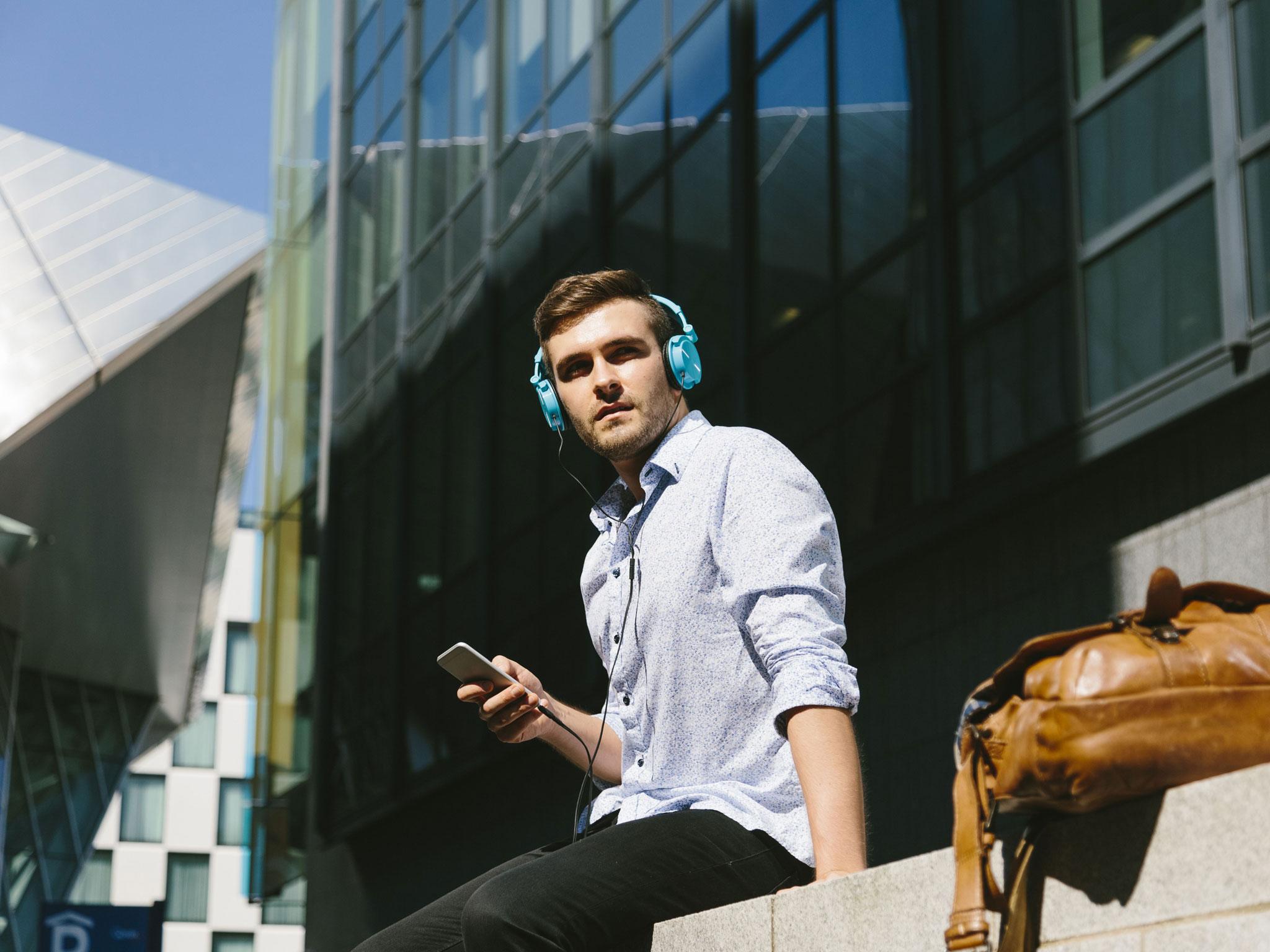
Your support helps us to tell the story
This election is still a dead heat, according to most polls. In a fight with such wafer-thin margins, we need reporters on the ground talking to the people Trump and Harris are courting. Your support allows us to keep sending journalists to the story.
The Independent is trusted by 27 million Americans from across the entire political spectrum every month. Unlike many other quality news outlets, we choose not to lock you out of our reporting and analysis with paywalls. But quality journalism must still be paid for.
Help us keep bring these critical stories to light. Your support makes all the difference.
Choosing a new pair of headphones can be quite the challenge. With so much variety on the market – in terms of design, price and added features – it’s important to home in on exactly what you’re after in a pair of cans. Here, we’ve rounded up everything you need to know before splashing the cash. For more information, click through to our reviews to get the lowdown on the best models from big players such as Bose, Sennheiser, Sony, Audio Technica and more.
Types of headphones
Over-ear headphones
As the name suggests, these headphones fully enclose your outer ears, slotting behind them so no part of the ear is exposed. This often means the headphones themselves are large and relatively heavy, so may be best suited to people with larger heads. It’s important to check the measurements of the ear cups, because (as this rather big-eared journalist can attest to) sometimes they don’t fully fit over your ears, which makes them uncomfortable. That said, a well-fitting pair of over-ears score very highly on the comfort and snugness scales. Over-ear headphones are often the most effective at passive noise-cancelling – that is, blocking out bothersome noise from the world around you without the use of electronic noise cancellation (more on that below).
On-ear headphones
A not-too-distant cousin of the over-ear, these headphones – you guessed it – sit upon your ears, leaving the edges and back exposed. They are perhaps best suited to smaller head sizes and are usually quite lightweight. Many headphones in this style are now designed well enough to protect your listening experience from outside noise too, but it of course depends on how big your ears are. Some people find that on-ear headphones don’t sit that securely on your head, especially if you’re on the move, but they do benefit from greater portability.
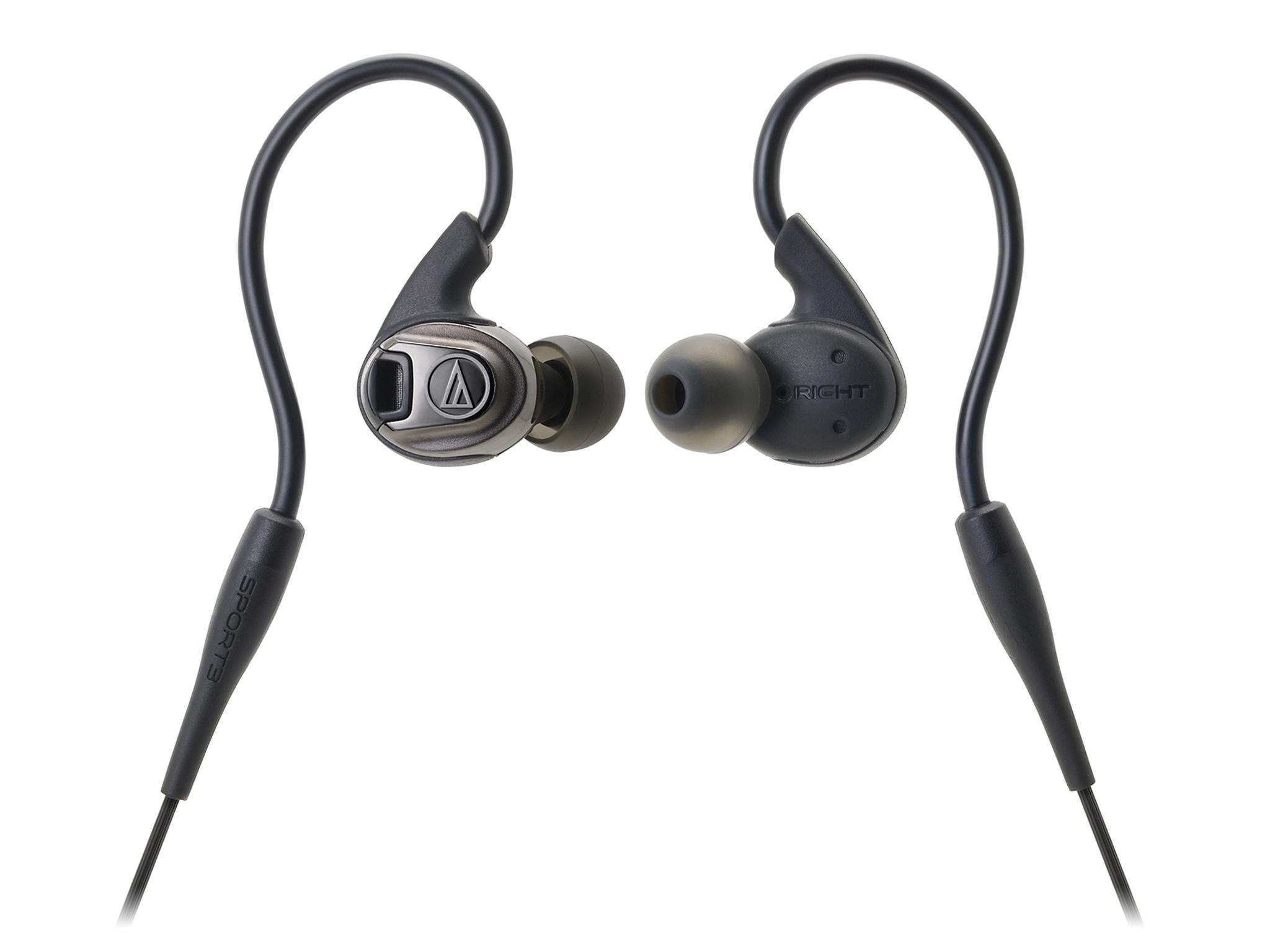
In-ear headphones
In-ear headphones slot into your ear canal and are by far the most portable and discreet option – there’s no need to worry about a carry case when you can slip them into your trouser pocket. If you’re planning on exercising while listening to your music, in-ear options are the ones to go for – some even come with ear hooks for extra security (check out our round-up of the best running headphones for more information on that). The shape and size of everyone’s ear canals are different, so make sure you find a pair which fits snugly yet not too tightly, as an ill-fitting pair can become painful over time. And bear in mind that the soundscape created might not be as large or detailed as a full-sized pair of headphones.
Wireless headphones
Each style we’ve mentioned above is available either with or without wires. Traditionally, wired options were the choice of audiophiles, offering vastly superior sound quality to their wireless counterparts. But this gap is ever-narrowing, and even to the enthusiastic music listener, the difference in the best pairs is now often negligible. The obvious benefit of a wireless pair is the practical one – there are no pesky cables to get tangled up in, or to lose. Most wireless pairs come with a back-up cable, allowing you to carry on listening even when your headphones’ battery is dead. Of course, wireless capability does add a significant amount to the price – anywhere upwards of around £50 or so. Check out our list of the best wireless headphones for more information.
Heaphones features
Noise-cancelling headphones
There’s nothing more irritating than your listening experience being hindered by outside noise – whether that be the roar of an aeroplane or loud chatter in a coffee shop. Noise cancellation can put an end to these woes. The first important distinction to make is between passive and active noise-cancelling. The former means that your headphones will block out noise simply through their design and the materials used. For serious noise cancellation, it’s the electronic, active type you want. These headphones create their own sound waves which are 180 degrees out of phase with any penetrating waves, thus creating silence. (Well in most cases, at least. Cheaper models which offer noise-cancelling create a low, barely audible hum, while others generate the sensation of sound being physically sucked from your ears, which some people can find disconcerting). This all requires electricity, so remember to keep your noise-cancelling headphones charged up or have a spare battery close to hand. Invariably, noise-cancelling capability adds a lot to the price, but for the privilege of uninterrupted listening, many would argue that it’s a price worth paying. Check out our pick of the best noise-cancelling headphones.
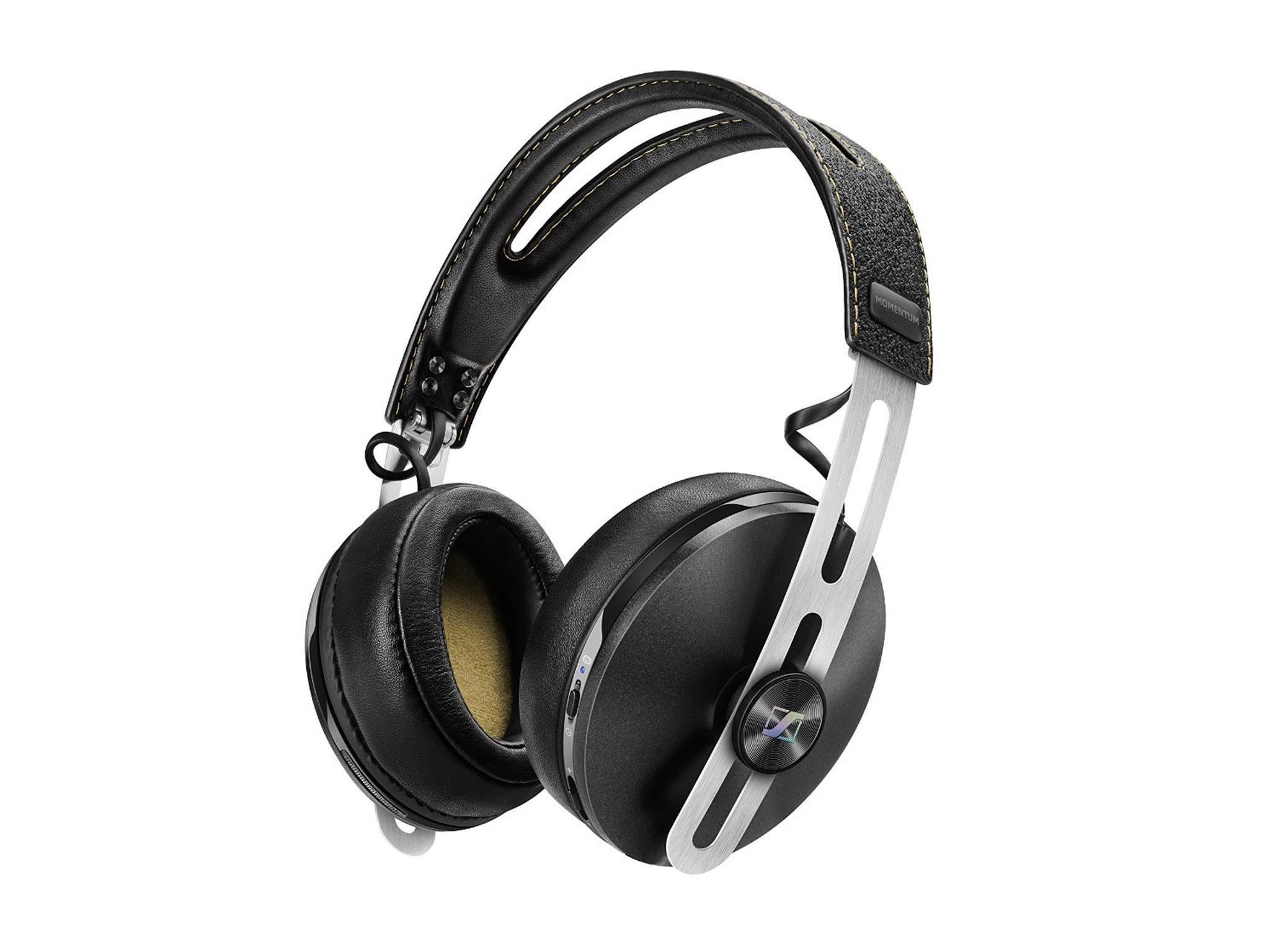
Wireless connection
It was once the case that Bluetooth connections paled in comparison to their wired counterparts – sound files were compressed, compromising severely on the quality. But now, in many cases, the difference is barely discernible. Audiophiles will maintain that wired connections are superior, and rightly so, but the very best Bluetooth connections will certainly satisfy the majority of listeners. You’ll find many different versions of Bluetooth – the latest version is Bluetooth 5, but its predecessor, Bluetooth 4.2, is more commonly found and delivers excellent sound. Some manufacturers have their own technology, like Sony’s LDAC.
It’s important to consider the wireless connection’s range, too. If your device is never likely to be further away than just in your pocket, then this isn’t a big consideration. But if you’re streaming from, say, your laptop in the living room while you’re doing the washing up in the kitchen, make sure the range will cover it.
Another thing to consider is NFC (near field communication). It's found in Android devices, and allows you to connect your headphones to the music source simply by tapping them together. There's also NFC technology in the newest iPhones, but this is only used for payment, such as Apple Pay.
Built-in microphone
If you want to make calls hands-free while wearing your headphones, a built-in microphone is a must. It will either be built into the headphones themselves, or integrated into the cable. Clarity and voice pick-up can vary greatly. How easy it is to accept calls can differ from pair to pair, too – sometimes all it takes is a double tap on one of the cans, while others may require you to push a fiddly button.
Waterproofing
First things first: there’s a big difference between water-resistant and waterproof. The former will keep your headphones protected from light splashes and sweat, while the latter will be suitable to go swimming with. For waterproofing, be sure to check the maximum depth the headphones are suitable for.
Headphones for kids
There are a number of headphones out there designed specifically for little listeners, and come in smaller sizes than the adult versions. Many are also volume restricted, so as not to damage their ears, which are much more susceptible to sound at a young age. Here's our round-up of the best headphones for kids.
Best headphones
IndyBest has put together a whole range of headphones reviews. Here’s a pick of some of the best we came across.
Best wireless headphones - Sony MDR-1000X: £329.99, John Lewis
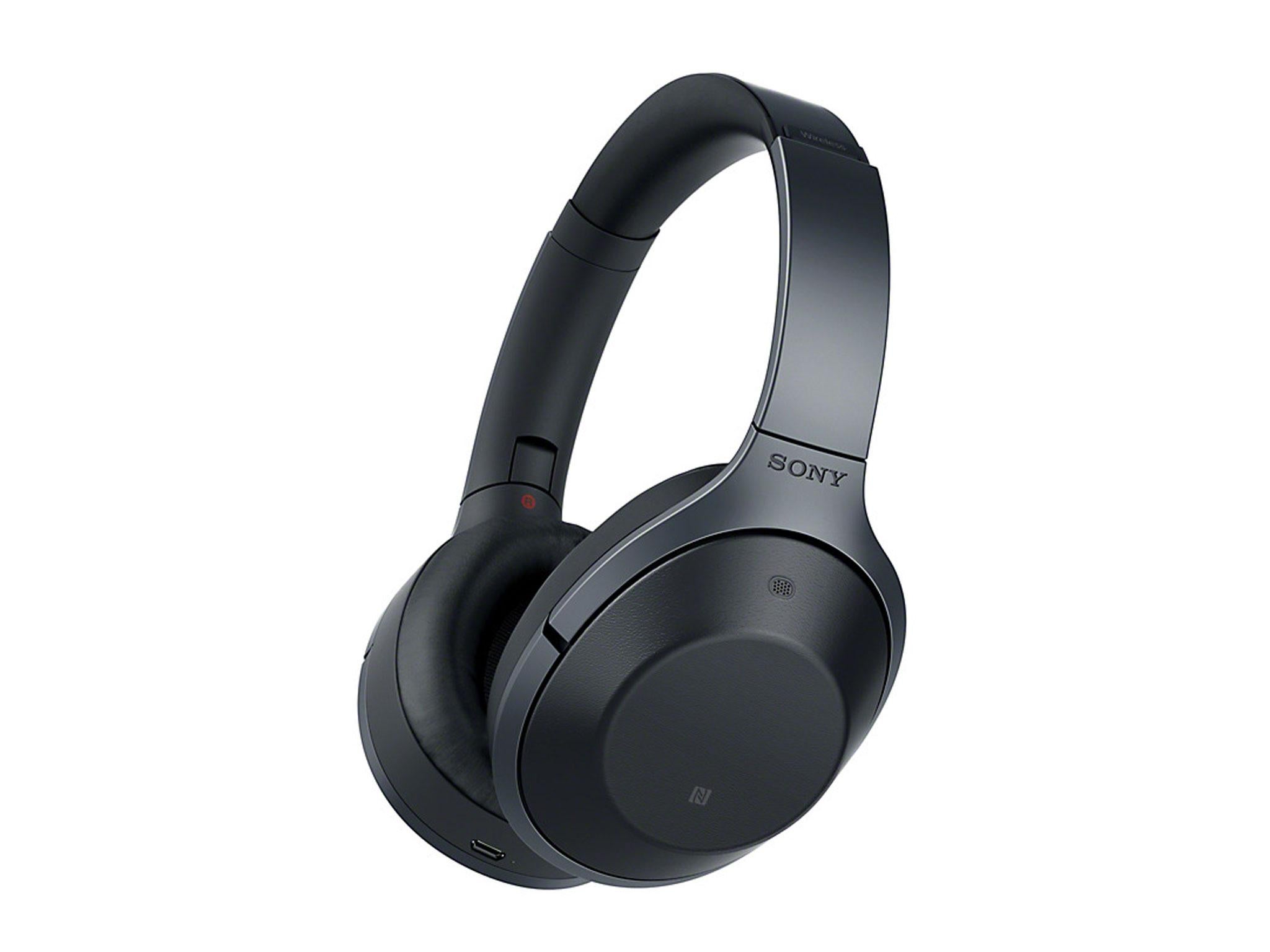
- Uses Sony’s own wireless connection system for high quality sound
- Beautifully wide soundscape
- One of the best noise-cancellers around
- Packed with features, including the ability to hear the world around with the push of a button
- Touch sensitive controls
Best noise-cancelling headphones - Bose QuietComfort 35: £329.95, John Lewis
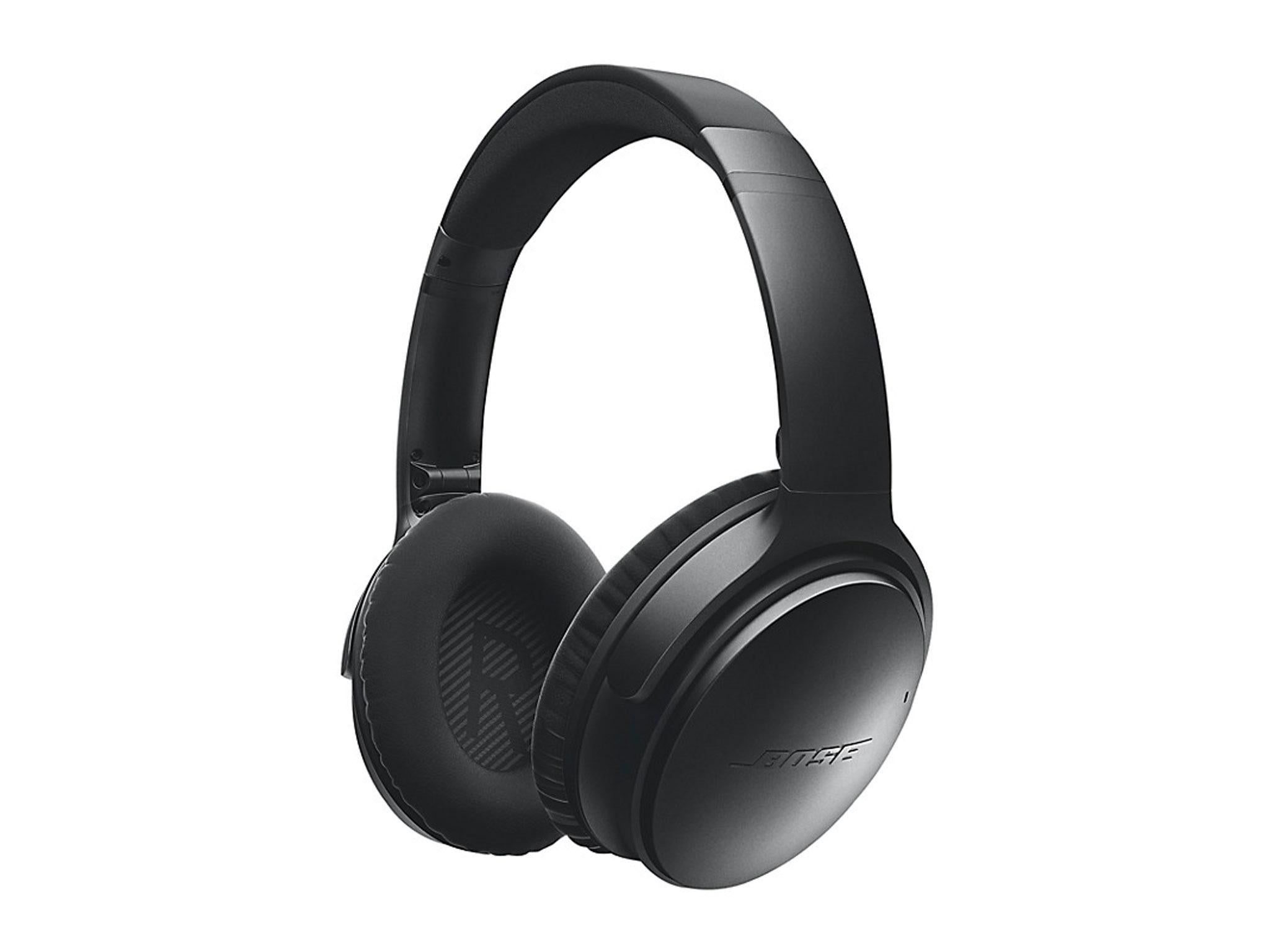
- The very best around at noise-cancelling
- Strong wireless connection
- Compelling, detailed and versatile sound
- Can connect via NFC
Best waterproof headphones - Sony Waterproof Walkman: from £129, Sony
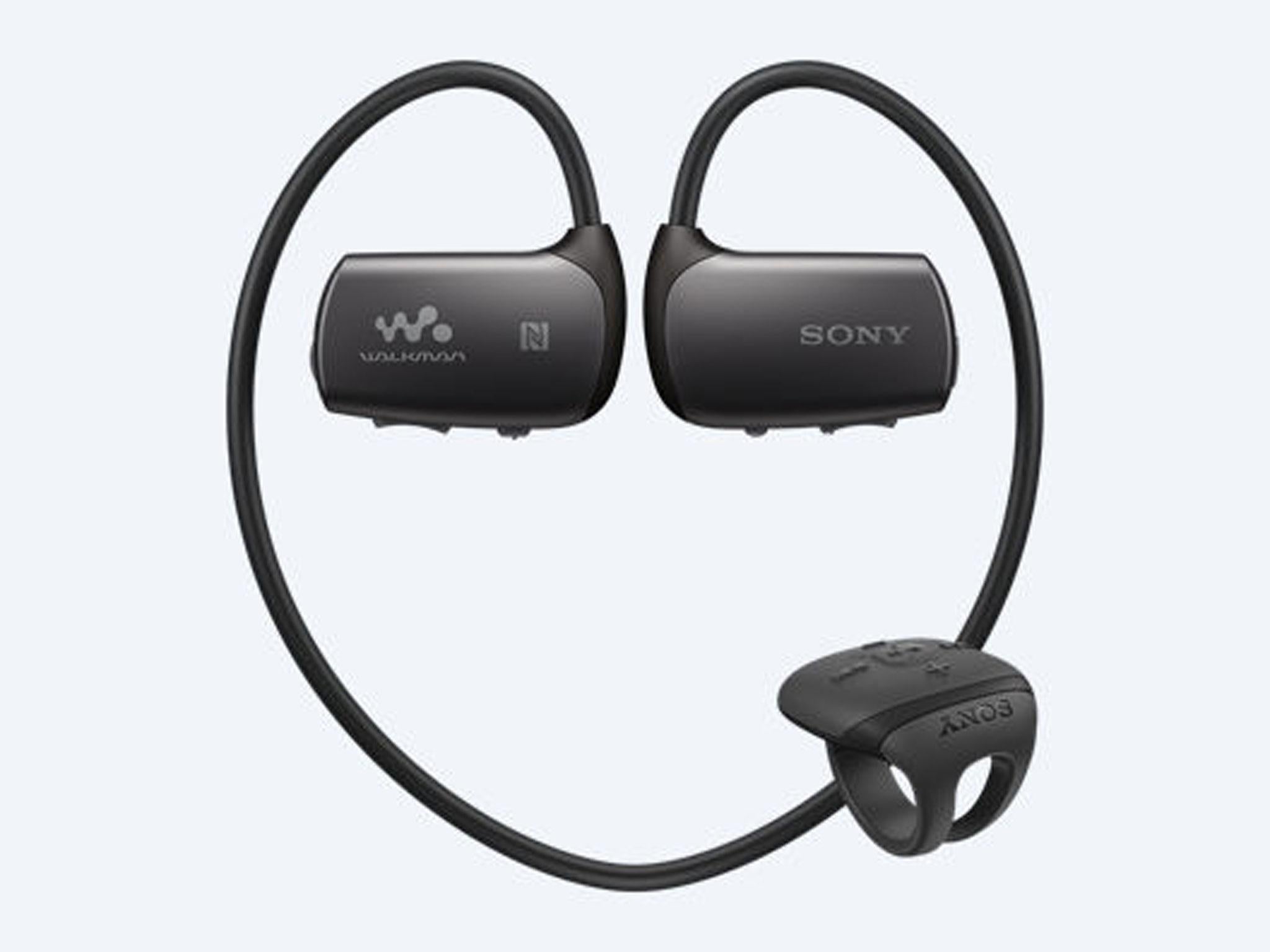
- Fully waterproof up to a depth of 2m
- Wrap-around headband keeps the headphones in place while you rack up the lengths
- Load up to 16GB of music via USB
Best in-ear headphones - Monster iSport Victory: £99.95, Currys

- Wireless connection
- Sweat- and water-resistant
- Lightweight design with three sets of wings and tips included
- Turbo mode sound profile for extra boost
Best running headphones - Jabra Sport Pace: £57.80, Currys
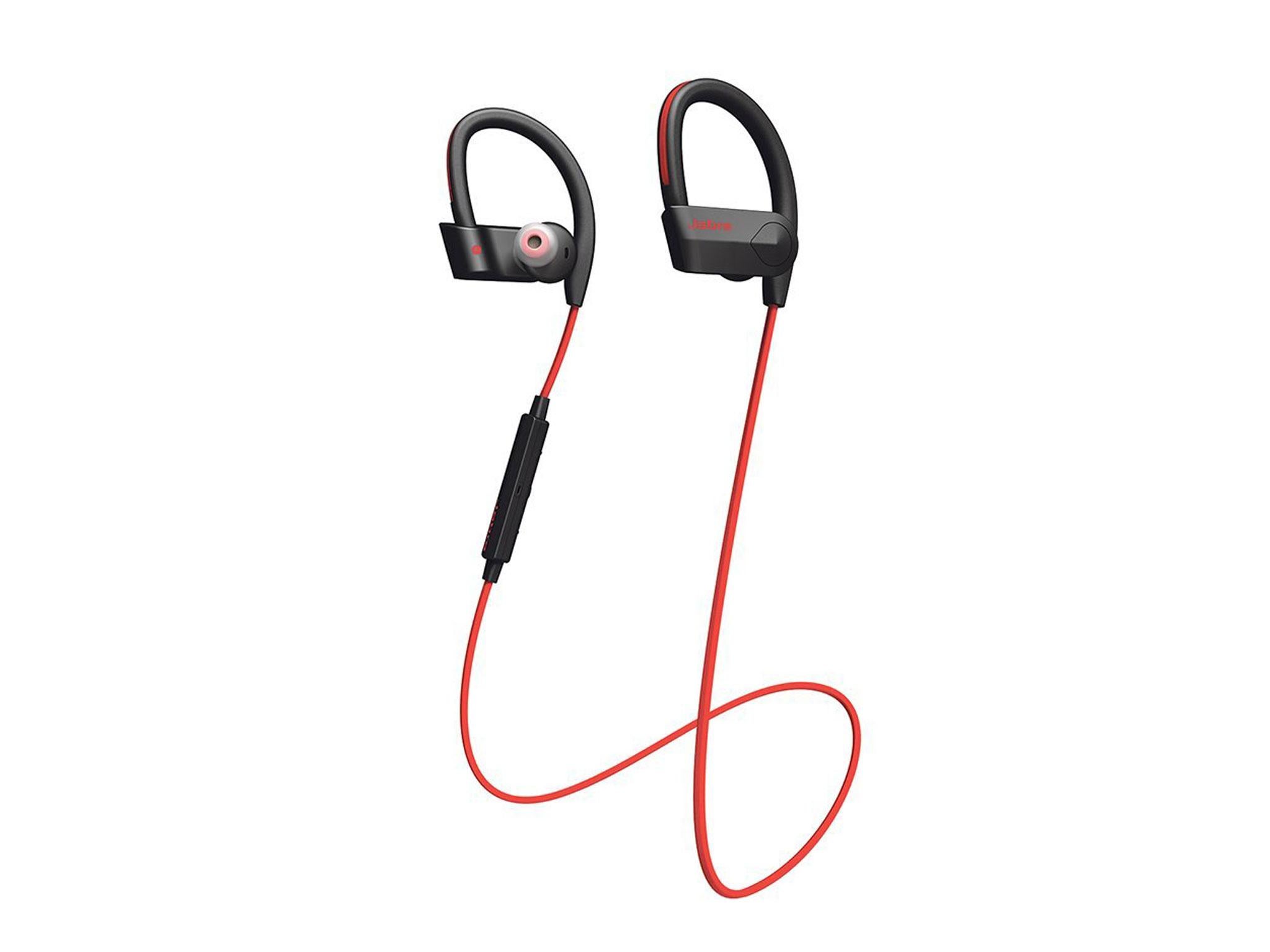
- Strong Bluetooth
- Secure around-ear fit
- Designed to work alongside Jabra’s useful Sport Life training app
- Less than £100
Best headphones for kids - Puro Wireless Kids' Headphones: £79.99, Amazon
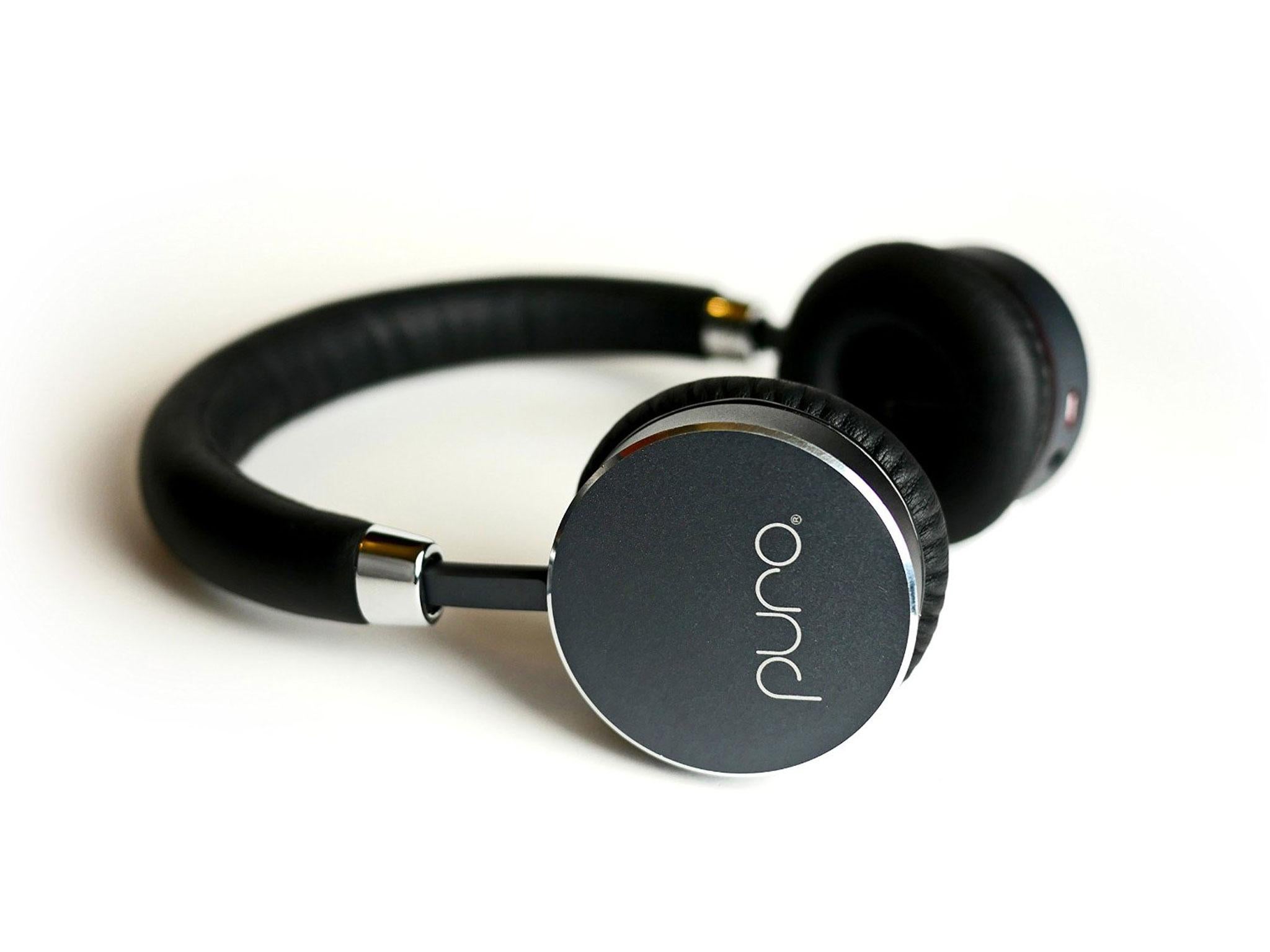
- Specifically designed for kids
- Volume is capped at a safe level
- Stylish design
- Strong Bluetooth connection
- 18-hour battery life
Read more on the best headphones and earphones
Best noise cancelling headphones
Best true wireless earphones and earbuds
Sponsored